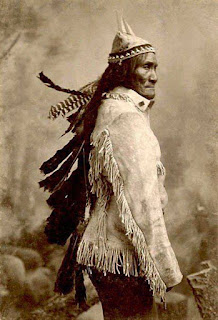Did you know?
Mary Kim Titla (born November 24, 1960) in 1987 became the first Native American television journalist in Arizona.
Photo: Mary Kim Titla in her Native buckskin dress
Tweets from https://twitter.com/UnifiKshuNaShun/lists/tweets-for-blogs




